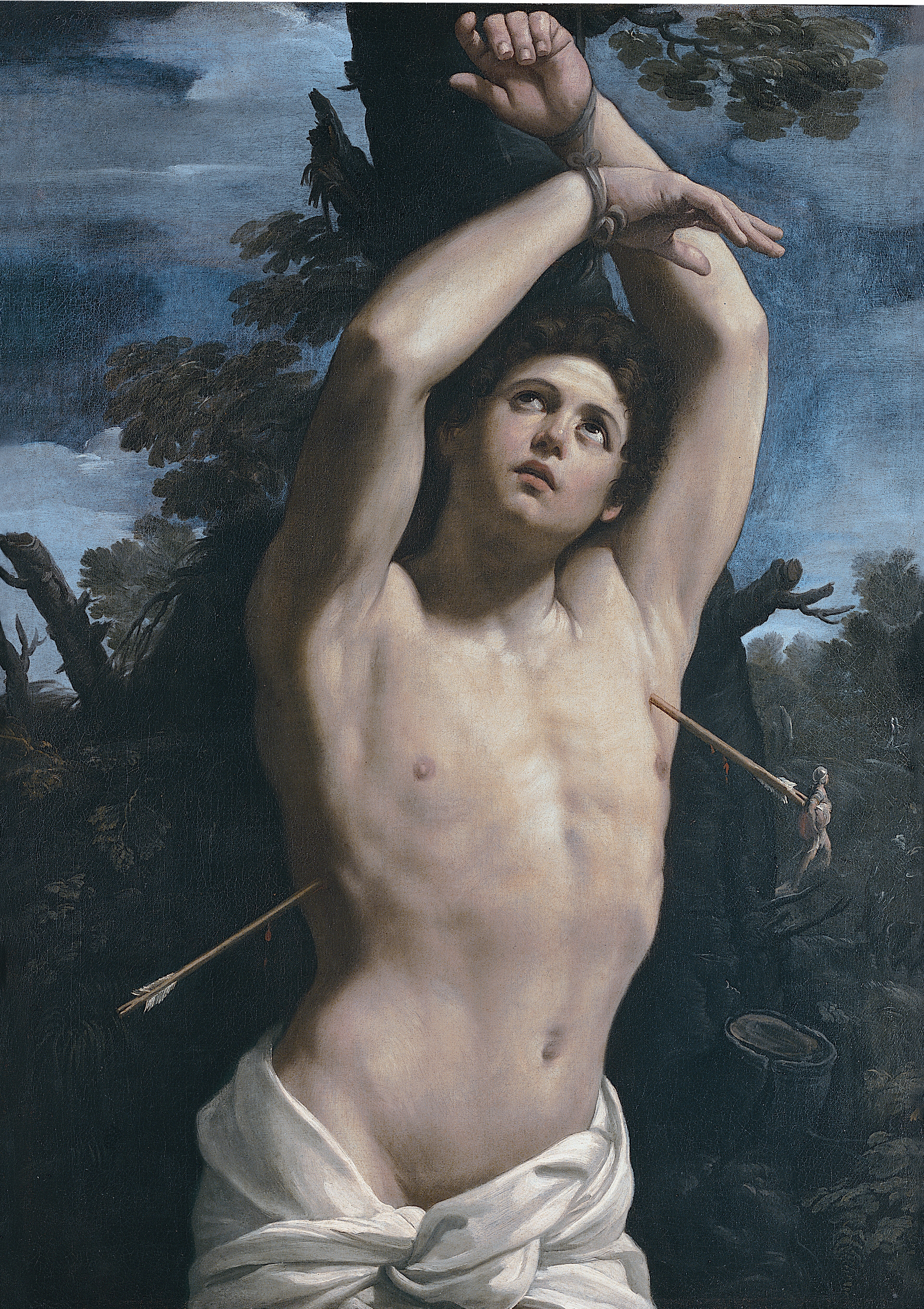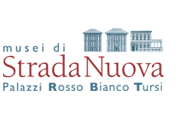
Click here to view image
Saint Sebastian
Brignole-Sale De Ferrari Maria 1874 Genova - donazione
Reni, Guido
painting
PR 77
Unità di misura: cm; Altezza: 127; Larghezza: 92
olio su tela
La vita, i simboli e la fortuna di Guido Reni - Bologna - 1988<br>Genova e Guercino. Dipinti e disegni delle civiche collezioni - Genova - 1992<br>Carlo Bonomi l'ultimo sognatore dell'officina ferrarese - Ferrara - 2017<br>Verdammte lust! Kirche korper kunst - Frisinga - 2023
The painting dates back to 1615-1616, immediately before his official consecration as the best living artist in Bologna through the altarpiece of the Assumption destined for the Genoese church of Gesù. From the age of twenty-five, he made frequent and lengthy stays in Rome, where he was greatly appreciated by the Pope's family and other members of the papal court. This canvas, depicting Saint Sebastian, who according to tradition was a Roman soldier originally from Gaul martyred during the reign of Diocletian, must be the result of that kind of commission, because in addition to its high pictorial quality, recent analyses have shown that it is a valuable work, given that lapis lazuli was widely used for the blue of the sky, which was so expensive that it was usually supplied or paid for separately by the client. The image, in keeping with the classical ideals of Reni's poetics, does not show the body of a martyr scarred by arrows and covered in blood, but the idealised body of a young man whose beauty is decidedly tinged with sensuality. Particularly significant in this canvas is the positioning of the saint's figure, as the 17th-century Bolognese historian Carlo Cesare Malvasia attests to the artist's ability to paint “heads looking upwards”. Reni revisited this subject several times during his career: the painting now in the Prado Museum in Madrid dates from 1617-18, while the one in the National Art Gallery in Bologna dates from 1639-40; there are also a large number of copies of all of them. Cardinal Borghese also wanted a similar version, at least in large part the work of the artist's workshop, which is now preserved in the Capitoline Picture Gallery. The painting depicts Saint Sebastian tied to a tree and pierced by arrows.




